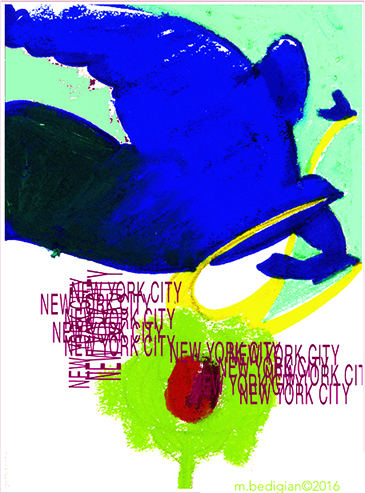On August 6, 1945, during World War II, an American bomber dropped the world’s first deployed atomic bomb over the Japanese city of Hiroshima. The explosion wiped out 90 percent of the city and immediately killed 80,000 people; tens of thousands more would later die of radiation exposure. One of those people was Sadako Sasaki. She was two years old when the bomb struck near her home next to the Misasa Bridge. At the age of 12 Sadako developed leukemia from the radiation exposure and given a year to live. While in the hospital for treatment Sadako was told of a Japanese legend which promises that anyone who folds one thousand paper cranes would be granted a wish. Hoping to get better, she began folding tiny origami cranes, using paper from get-well gifts and wrappers from medicine. “Please treasure the life that is given to you,” Sadako said before her death on October 25, 1955. “It is my belief that my small paper crane will enable you to understand other people’s feelings, as if they are your own.â€
In 2009 one of those invaluable tiny paper crane’s made it’s way to the Tribute Center in New York City hand delivered by Sadako’s brother, Masahiro Sasaki.  As a family member directly affected by 9/11 I had the privilege to attend the presentation of that precious crane and was so completely moved by his generosity to share her last dying wish with the nation that caused the affliction in the first place.  He said, “Commonly, in Japan, the crane is regarded as a symbol of peace. But for us, in the Sasaki family, it is the embodiment of Sadako’s life, and it is filled with her wish and hope. I hope by talking about that small wish for peace, the small ripple will become bigger and bigger.†In essence for me he was just as pivotal as she was in the spirit of forgiveness and peace during a time when we need it most.Â
This past week I was approached by the Japan Society asking if I was willing to give an interview to TBS a Japanese broadcasting station in Tokyo about how I feel today 6 years later after the dedication of Sadako’s crane. I shared with them that Sadako’s desire for peace is alive within me and I consider it a responsibility to continue to share her wish and life story with anyone who is open to listen. For maybe that small ripple her brother stirred in 2009 will continue to grow and wash away all the ugly that is patterning in our world’s current trend of destruction. – warmly, Michele
side note: The Tribute Center was developed not long after the attacks on 9/11 by the community directly affected by 9/11 who wanted to share their stories first hand with the world in hopes it would bring healing and educate visitors that came to ground zero what the experience was like. The delicate red crane, smaller than a fingernail, is on display at the center. Hanging near it are origami cranes that were placed on the fence around Ground Zero after the September 11, 2001 terrorist attacks. Another 10,000 cranes from families and colleagues of Japanese victims of 9/11 surround Sadako’s.

Just beautiful Michele.
Thank you